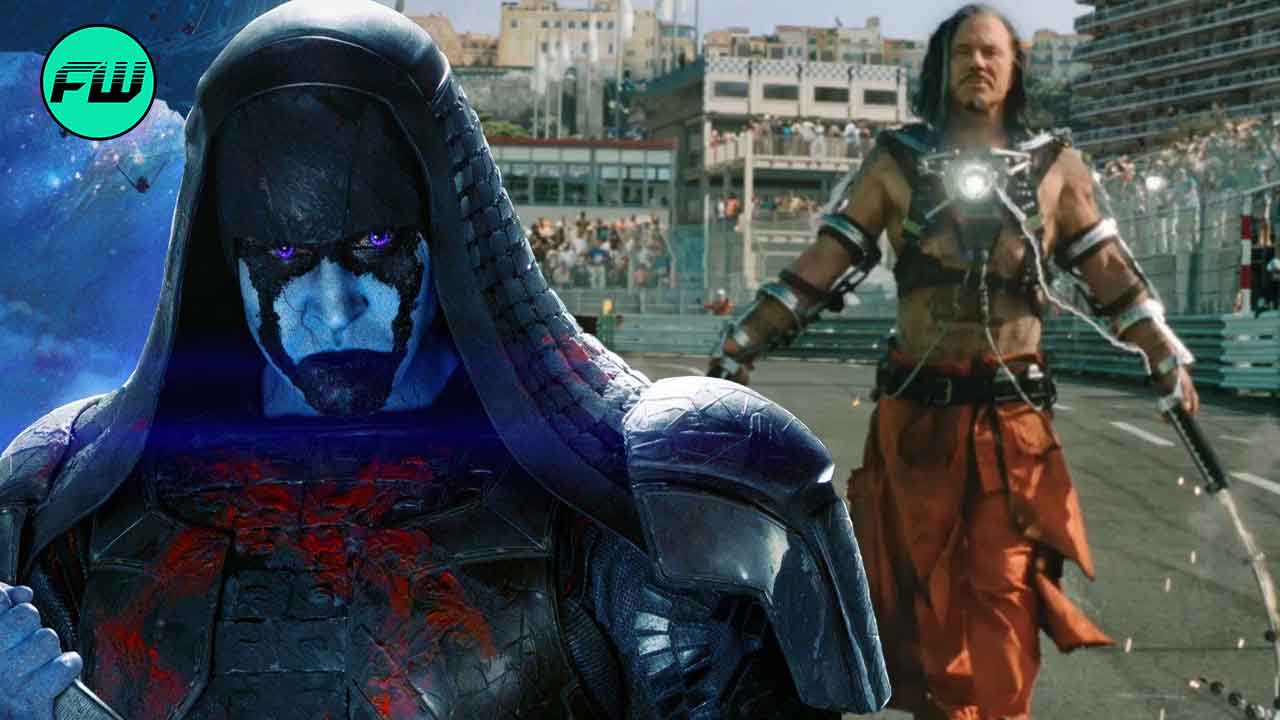Characters who have existed for a long period in comic books, and villains in particular, evolve through time. As a result, filmmakers who base their works on existing characters have a wealth of resources from which they can draw inspiration. Here’s how 15 Marvel supervillains compare to their comic book counterparts:
1. Hela is not Loki’s sister in the comics
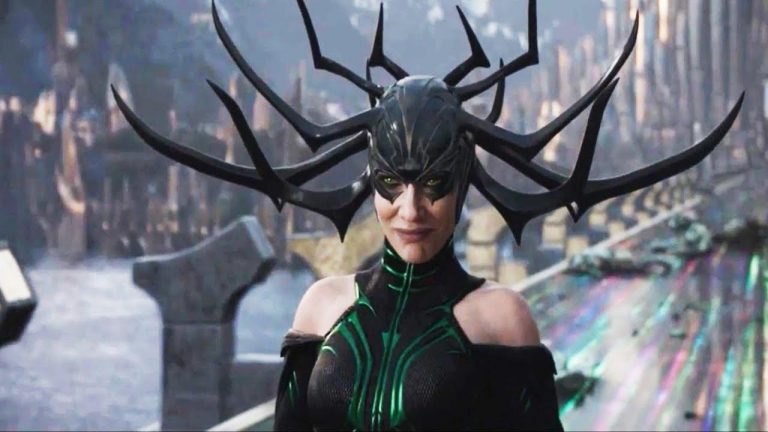
With humor and well-written characters, Thor: Ragnarok brought the subpar Thor series in the Marvel Cinematic Universe back to life. Cate Blanchett’s Hela, the MCU’s first primary female nemesis, did an excellent job as a fearsome villain. In the comics, Hela is the ruler of Asgard’s Underworld, although she is Loki’s daughter, not Thor and Loki’s sister, as presented in Thor: Ragnarok. It’s for this reason that her comic-accurate suit resembled Loki’s.
2. Advanced Idea Mechanics (AIM) was an evil organization
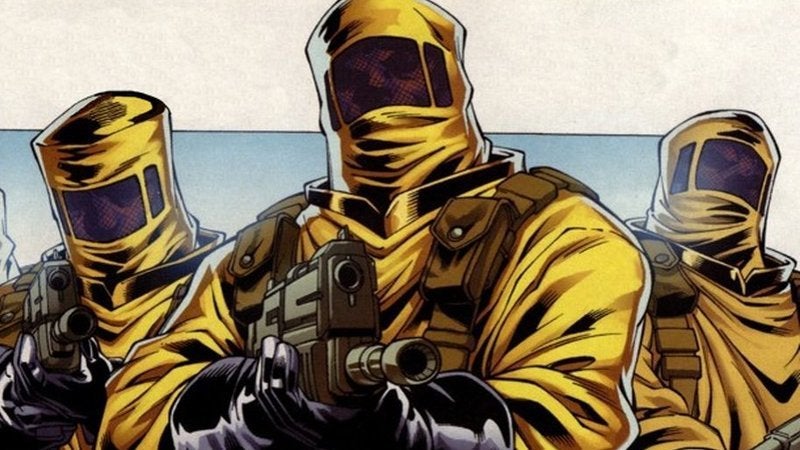
Advanced Idea Mechanics or A.I.M in the comics is a terrorist structure that consists of scientists. They strive to develop technology, health, and knowledge for evil motives, and they are ready to violate several laws in the process. Most of this backstory was dropped in Iron Man 3 in favor of making them a government-funded organization controlled by Aldrich Killian and Maya Hansen.
3. Ronan the Accuser is not always the bad guy
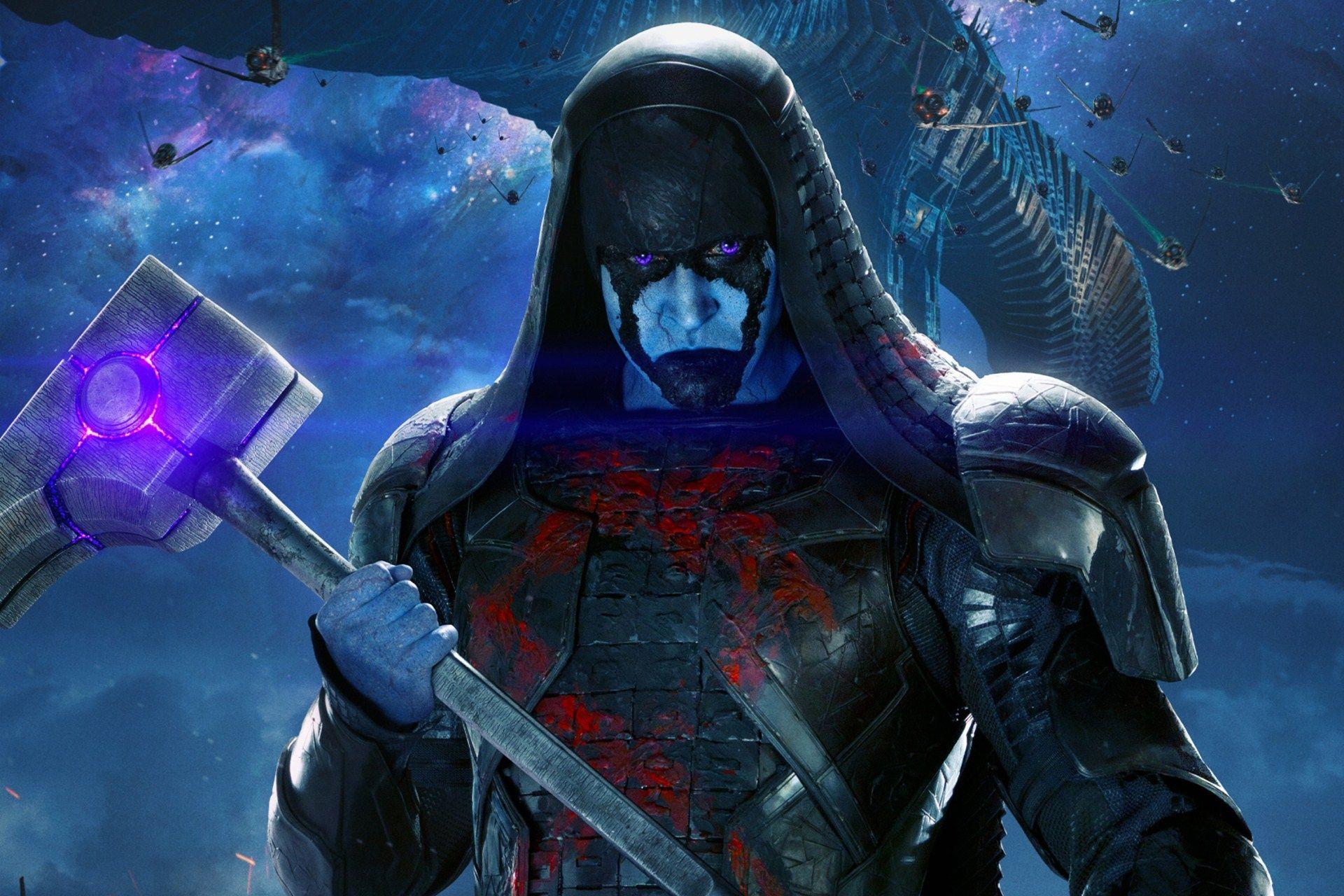
The majority of us are familiar with Ronan the Accuser from the Marvel Cinematic Universe, but the comic book version is considerably different. For one thing, the Kree Empire normally backs him up, with him leading its accusers and executing their laws. He isn’t always a bad guy; at one point, he married Crystal of the Inhumans while the Kree were taking in her people as refugees. But he’s still a horrible guy, and you don’t want to be on his wrong side.
4. Whiplash is a merge of two characters
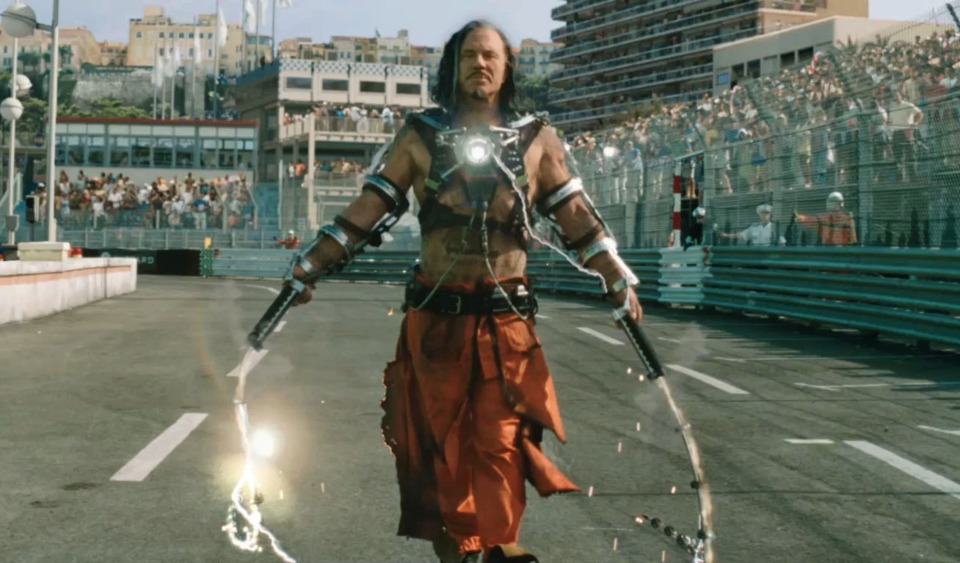
One of Marvel’s oddest modifications is Whiplash, who we encounter in Iron Man 2. Instead of adopting the character as it appeared in the comics, the film combines him with another Iron Man enemy known as the Crimson Dynamo, who was practically a Russian Iron Man. Whiplash, on the other hand, is a distinct villain named Mark Scarlotti who possesses strong whips. Although it’s unknown why Marvel blended the two, the comics have subsequently jumped on board by inventing an unconnected Anton Vanko who wears a Whiplash outfit identical to the one seen in the films.
5. The Red Skull’s origin is different than shown in the movies
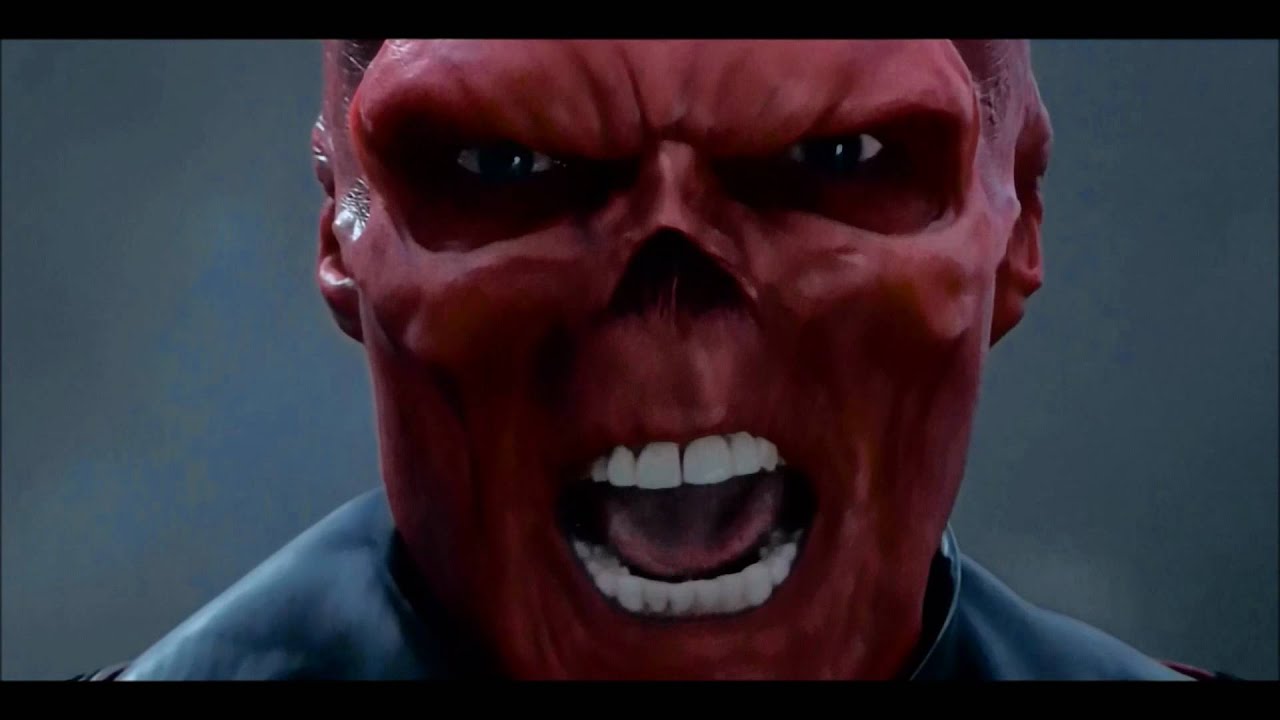
The Red Skull is among Captain America‘s oldest enemies and is widely regarded as his archenemy. He subsequently adopts a horrible mask and takes on the moniker Hydra as an extension of the Nazis. His origin was changed over time to make his abilities and disfigurement the result of a Nazi effort at the Super Soldier Program. In the film, Schmidt uses an early version of Dr. Erskine’s formula, which enhances the user’s characteristics. While the film is strangely imaginative in comparison to the books, the end result sees Steve Rogers transform into a Super Soldier and Johann Schmidt transform into a monster.

